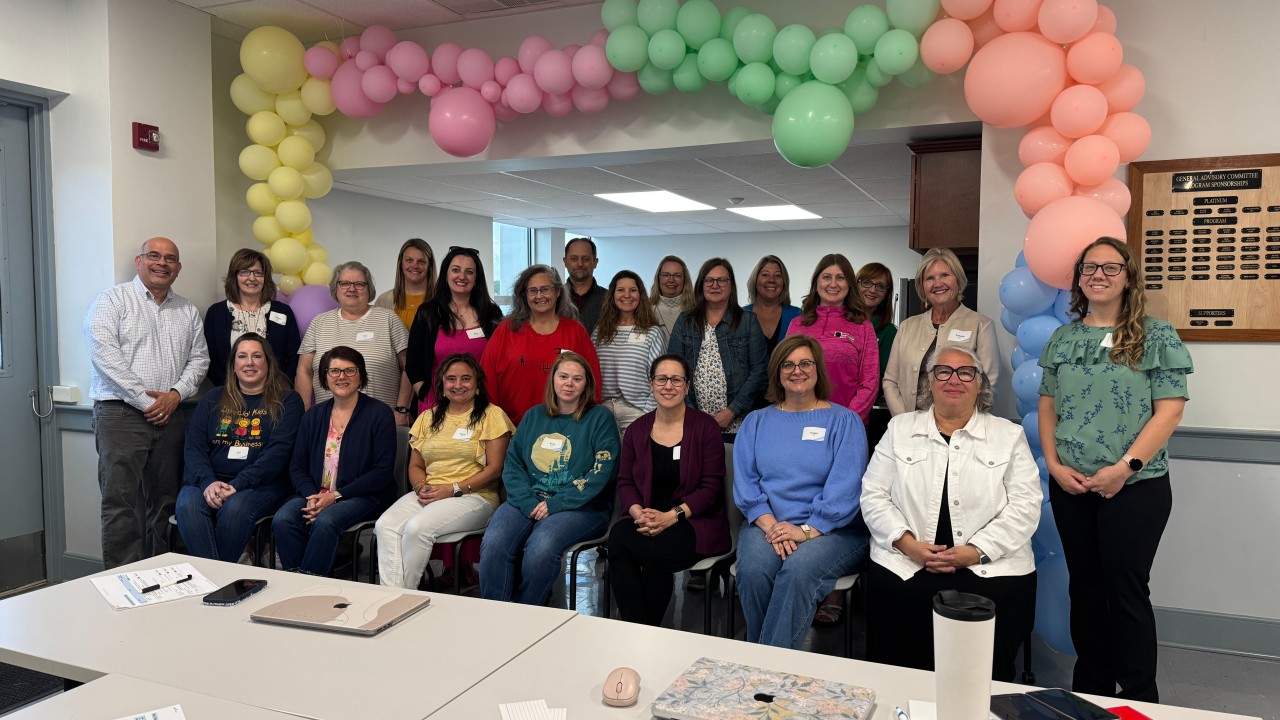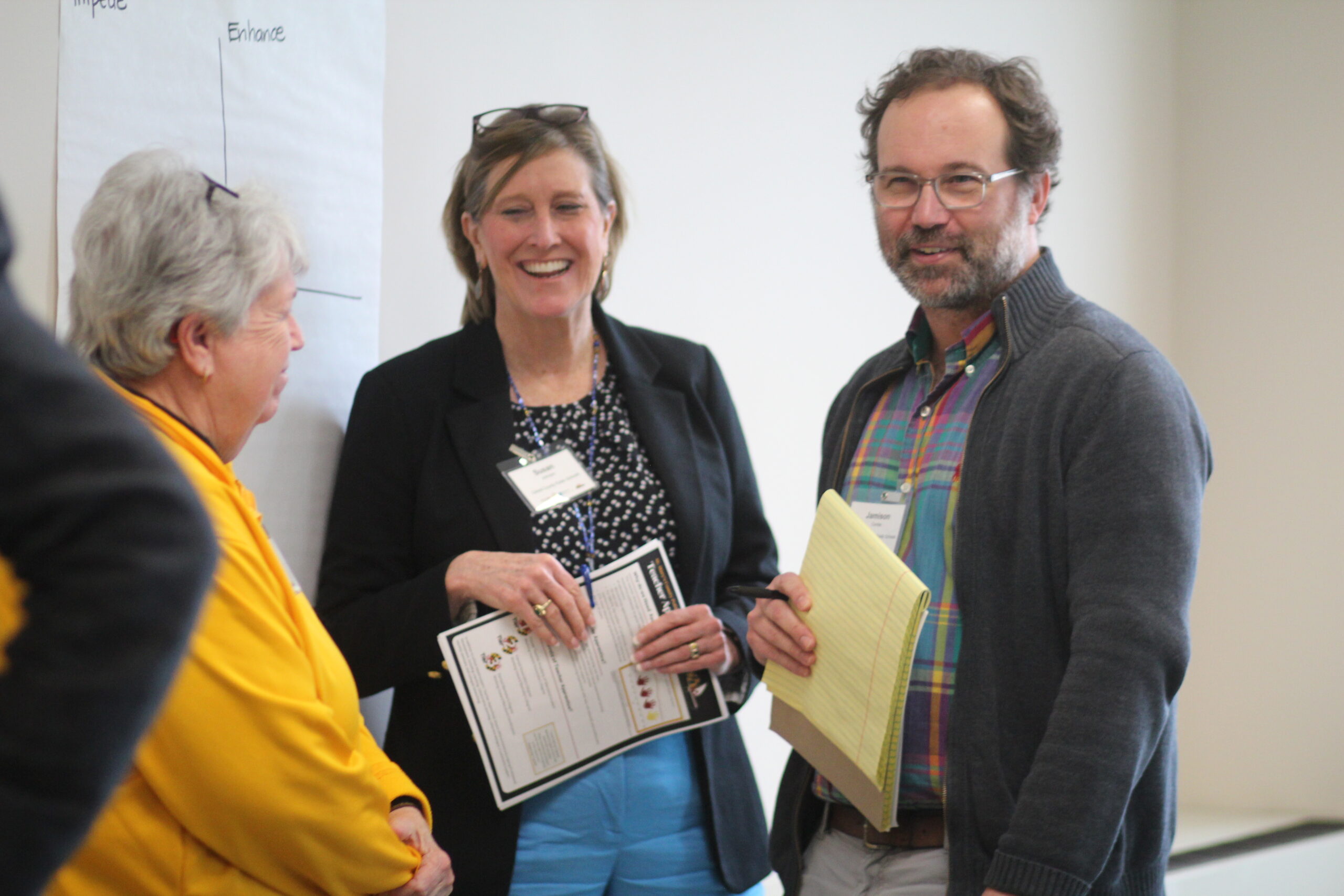By Anthony Mackay
How and where millions of people worked, lived, and interacted with society changed dramatically during the pandemic. The same can be said about education. The design of classrooms, the nature of parent engagement, conversations about supporting all learners, and the use of digital technologies all saw radical changes during the pandemic. Some changes were brand new. Others were already underway but went into hyperdrive.
Just what the future of education looks like is opaque. But thanks to insights from Tracey Burns, an international education researcher, and others, some possible options for how school could change exist.
Burns is the latest guest on Global Ed Talks. She spoke with NCEE CEO Anthony Mackay about potential directions for education around the world.
Burns is the Chief of Research and Senior Analyst for the OECD’s Centre for Educational Research and Innovation. She is also a commissioner on several UNESCO working groups focused on the future of learning.
Burns co-authored the recent Back to the Future of Education: Four OECD Scenarios for Schooling report, which looks at themes inside the education landscape and the impact of outside factors, such as a global health crisis and climate change, and lays out four overarching directions schooling could possibly go:
- Schooling extended
- Education outsourced
- Schools as learning hubs
- Learn-as-you-go
The scenarios are intentionally broad, Burns told Mackay, because they’re designed to be guides for thinking, not doing. “It gives you a different way of looking to the future,” she said.
During their conversation, Mackay and Burns dove into how different scenarios could play out.
Schooling extended
Education systems expand to offer a wider array of credentials and certificates. Learning becomes more personalized with teachers serving as guides for students’ learning journeys. There is a large role for government and institutions in this scenario, as they share curriculums and tools across borders.
“It’s really moving with more digitalization and it’s more international and it’s also allowing for more personalized learning,” Burns said. “So it’s sort of a continuation of many of the trends we’ve been seeing thus far.”
Education outsourced
This is learning offered by many different providers, with students acting more as consumers and clients operating in a marketplace, Burns said.
Parents have greater involvement under this scenario and government bureaucracy and accountability shrinks. The definition of a teacher broadens.
There are more options for earning an education from community-based and private providers, along with public ones.
Schools as learning hubs
Burns said this path is a popular one for debate among education observers.
“It sort of breaks down, not just our conception of where schooling might take place, but the idea of schooling itself,” she said. “Rather than thinking about education we’re now actually thinking about learning.”
Under this scenario, schools retain their current physical form, but the amount of time students spend in them, and what they’re doing while there, is more varied. Community partners and businesses are more involved in schools, working alongside teachers to instruct students. The expertise of the community is used to bring schools to life and modernize them for the future.
Learning as you go
In this fully digital future physical schools no longer exist and “formal education has disappeared because learning has been embedded into our days and nights,” Burns said.
Our education system becomes heavily focused on credentials and skills instead of time spent in classrooms. Schools are largely deinstitutionalized with little oversight.
“Rather than thinking about education we’re now actually thinking about learning,” Burns adds.
To dive deeper into these scenarios and hear Burns’ reflections on how educators, policymakers, and community members can use them to “build the future of education that we would all like to have,” watch Burns’ Global Ed Talks below or listen to the podcast on iTunes or Spotify.
Burns’ original report on the four scenarios is available here. You can also read Burns’ recent report, Trends Shaping Education, to learn more about how these possible scenarios are informed by recent trends.




